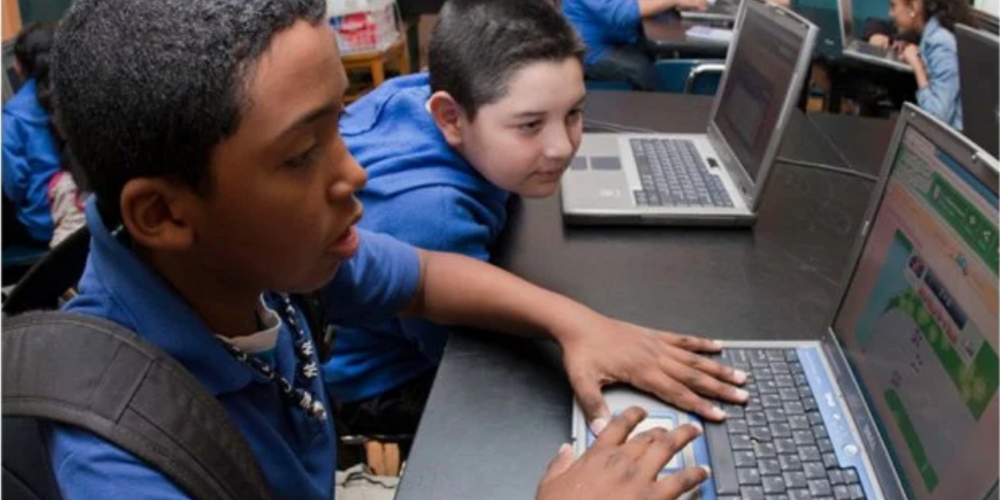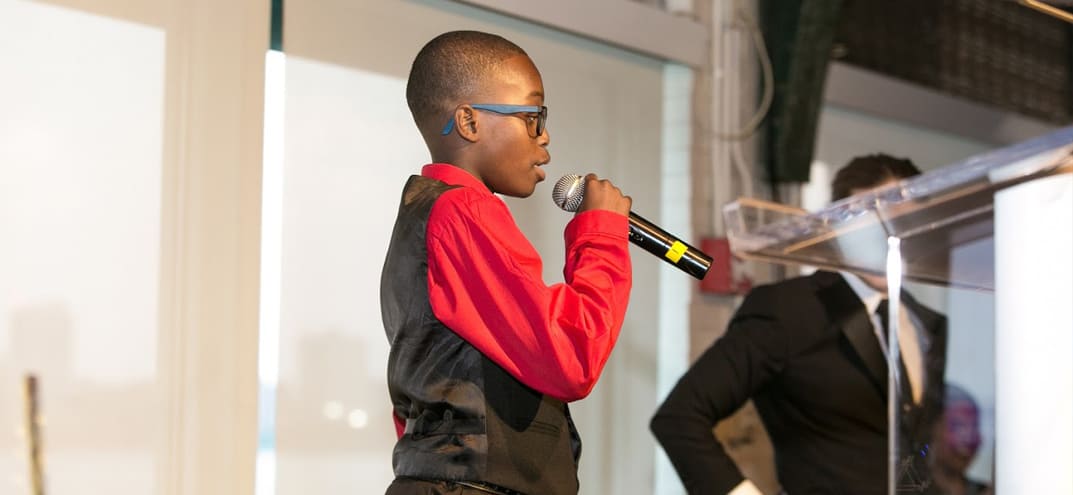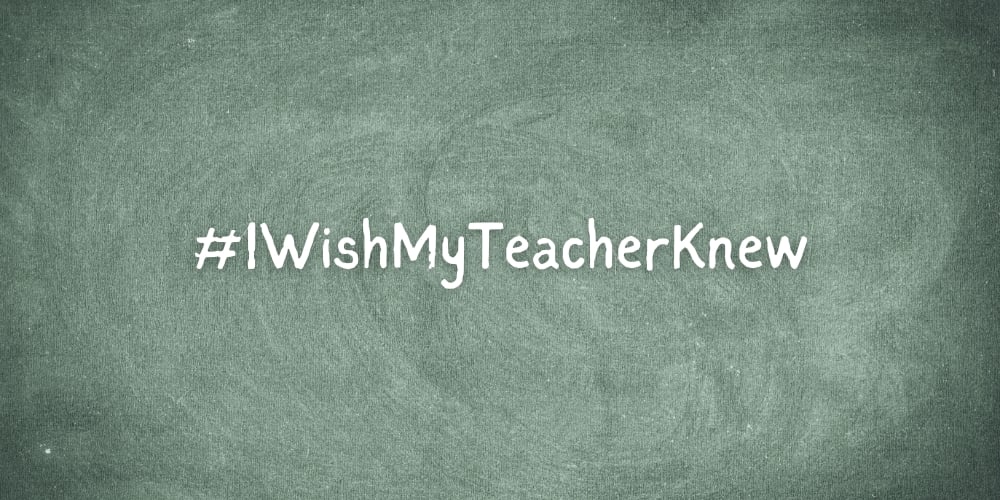Have we gotten “Mastery Learning” wrong?
The expression “mastery learning” is frequently used in the personalized learning space. I often hear it discussed through a parenting lens. It goes something like this: “My youngest child is a second grader, and she is really good at math. She can already do problems at a third-grade level, but her teacher is not encouraging her to do so. We need mastery learning in this country so my daughter can be doing math at the level she is capable of in school.”
Is this really what mastery learning is about – or have we gotten it wrong
To answer this question, we need to look at the research. Mastery Learning is an instructional strategy that was formerly proposed by Benjamin S. Bloom in the late 1960s. In a paper called “Lessons of Mastery Learning,” Thomas Guskey summarizes this strategy, which is comprised of three steps. (1) The teacher provides initial instruction; (2) the teacher gives a brief first assessment based on the unit’s learning goals; (3) students who do well on the assessment can select from a set of the enrichment activities; students who do not do well on the assessment move on to “corrective” activities based on their unique learning needs and then take a second parallel assessment. In his paper, Guskey raises two points that I think are pertinent to this discussion:
- Bloom’s mastery learning approach works. Mastery learning is one of the most powerful strategies implemented and evaluated during the last 40 years. As Guskey says: “When compared with students in traditionally taught classes, students in well-implemented mastery learning classes consistently reach higher levels of achievement and develop greater confidence in their ability to learn and in themselves as learners.” Quite simply, mastery learning is one of the best research-supported strategies out there.
- Bloom’s mastery learning approach does not have each student progress at his/her own pace from kindergarten all the way through twelfth grade. The version of mastery learning with the deep evidence base described above actually does not have students who learn fastest moving ahead of their peers, with some second-graders in the class doing third-grade work. Yes, students have the opportunity to move forward or receive additional support at their own pace, but they do so within an instructional unit that is one or two weeks in duration. All the students in the class then start together again at the beginning of the next unit. You can think of this strategy as a sequence of “short races” instead of one “long race.”
Why didn’t Bloom promote mastery learning where students are in one “long race” (moving through a full school year of learning at their own pace)? Some people think it is because back then, it was simply too hard for teachers to have their students pursue their own individualized “long race” pathways because the technology available could not support it.
If that is true, we can certainly make the case that the technology now has arrived, so should we now encourage student pacing in one “long race”? Is this merely the next advancement in this powerful strategy?
Research and reason caution against jumping to this conclusion. While there is evidencethat the “long race” does work at the University level, I have not seen convincing evidence that this type of learning environment works for all learners, particularly elementary school students. These students need to learn to be self-directed and require significant scaffolding to do so. In addition, having students develop mastery in instructional units can give students the feeling of being a member of a learning community and can give them an opportunity to do collaborative peer work, which can be essential for pursuing both deeper conceptual learning and socio-emotional competencies.
As an educator and parent, I believe that, in terms of children’s self-pacing, what is right for them depends on a number of factors. For example, in high school, it can be a gift when students are given the opportunity to accelerate their learning and begin to accumulate college credits before matriculating (this level of work prepares them for the rigor of college and can save tuition dollars). For younger children, however, my feelings about the “short race” vs. the “long race” are more mixed. Rather than explain why I will leave you with a three sets of questions so you can come to your own conclusions (at your own pace!)
Q1. If you were a student learning at your own pace through an entire academic year (the “long race”), how would this affect your experience as members of a learning community? Does your answer change if you are thinking about yourself as a first grader versus a college sophomore?
Q2. Do you have thoughts on how mastery learning and peer learning can co-exist? I found this terrific piece on Edutopia written by Mr. Johnson, a middle school Spanish teacher, about how he used mastery learning to enlist his strongest Spanish speakers in helping their peers learn. Before trying this strategy, these strong Spanish speakers were, as he describes it, “the ringleaders of classroom disruption.” Take a read.
Q3. If you had had an individual learning pathway during your entire educational experience (the “long race” every year you were in school), what kind of an adult would you be now? Would you feel just as compelled to support others in your community by being a tax-paying citizen, a volunteer, or a donor to important causes?
[Note: Shout-out to Karim Kai Ani at Mathalicious for the “short race” “long race” concept.]


